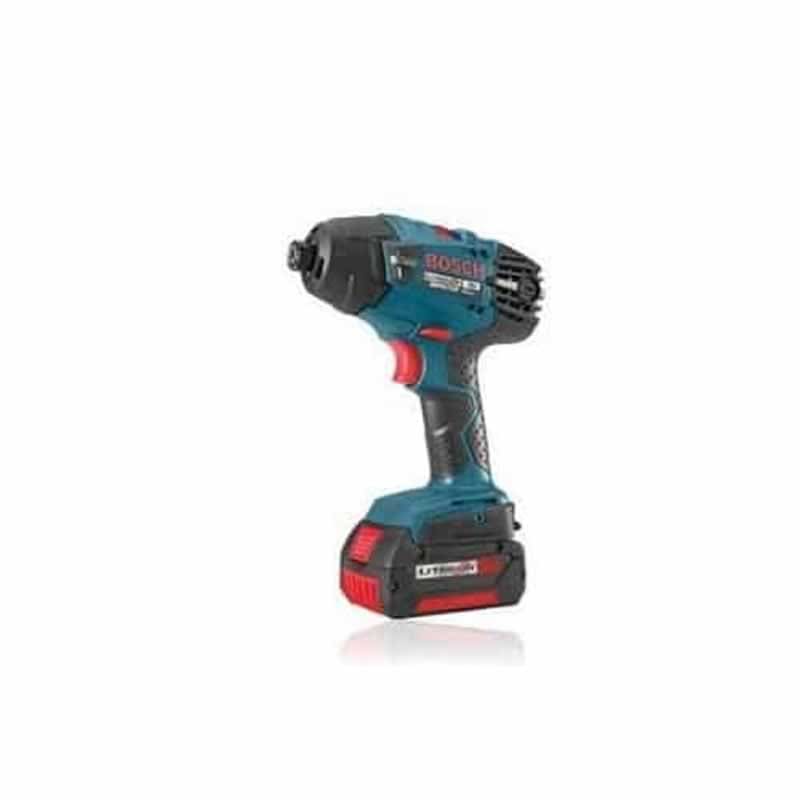Winter is coming. This means it’s time to start preparing your home for the cold weather. One of the most important things you can do is ensure your home heater is in good condition. Fortunately, there are a few simple maintenance tasks you can do yourself to keep your heater running smoothly all winter long without having to call a professional.

Here are a few tips:
Check the Air Filter
The air filter is one of the most important parts of your heater. It helps to keep dust and other particles out of the unit, which can cause it to work less efficiently. A clogged air filter restricts airflow and causes your heater to work harder than necessary. Experts offering heating services in Northern Utah note that if no fresh air flows into your heater, the heat exchanger will become too warm and turn off. Dirty filters can also indirectly cause short cycling, causing your heater to turn on and off more frequently than normal. This wastes energy and can shorten the lifespan of your unit. Replacing the air filter is a fairly simple and easy process you can do yourself, so there’s no need to call a professional. Make sure to check the air filter every three months and replace it if it’s dirty.
Clean the Vents
Your heating vents and ducts can get filled with all sorts of debris, from pet hair to dust bunnies. Vents play a crucial role in circulating heat throughout your home, so it’s important to keep them clean and unobstructed. If they’re not, your home heater will have to work harder – and use more energy – to do its job. Regular cleaning of vents ensures your heater runs more efficiently.
You should clean your vents and ducts at least once a year, but more often if you have pets or live in an especially dusty environment. To clean your vents:
- First, turn off the heater and unplug it from the power source
- Then, use your home vacuum with a brush attachment to gently remove any debris from the vents and ducts
- You can also use a damp cloth to wipe down the vents
- Be sure to completely dry the vents before turning your heater back on
Check the Thermostat
The thermostat is what controls the temperature of your heater. If it’s not working properly, your heater will work harder to maintain the desired temperature, leading to higher energy bills. Fortunately, checking the thermostat is a quick and easy task you can do yourself. Simply remove the thermostat from the wall and check to see if the batteries need to be replaced. If they do, simply replace them and reinstall the thermostat. Also, check that your settings are correct and that the thermostat itself is working efficiently. Making regular adjustments to your thermostat can also lead to lower energy bills. You can install a smart thermostat to automate these adjustments and save even more money.

Keep the Area Around the Unit Clear
The area around your home’s heating system should be clear of any debris or obstructions. This means keeping the area around the unit free of any materials that could potentially clog the system. Additionally, it’s important to ensure there is nothing blocking the vents or exhaust outlets. By taking a few minutes each week to clear away any potential hazards, you can help keep your home’s heating system running smoothly and efficiently.
Schedule Annual Heating System Tune-Up
Doing some regular DIY maintenance on your home’s heating system can go a long way toward keeping it running efficiently and avoiding costly repairs down the road. However, you still need to schedule a professional annual tune-up for your system to ensure it’s running at peak performance. An experienced technician will clean and inspect your system’s major components, including the furnace, blower, and ductwork.
They’ll also check your home’s coolant levels and ensure the system operates at the correct pressure. This tune-up will help ensure your system runs as efficiently as possible, saving you money on your energy bills.






